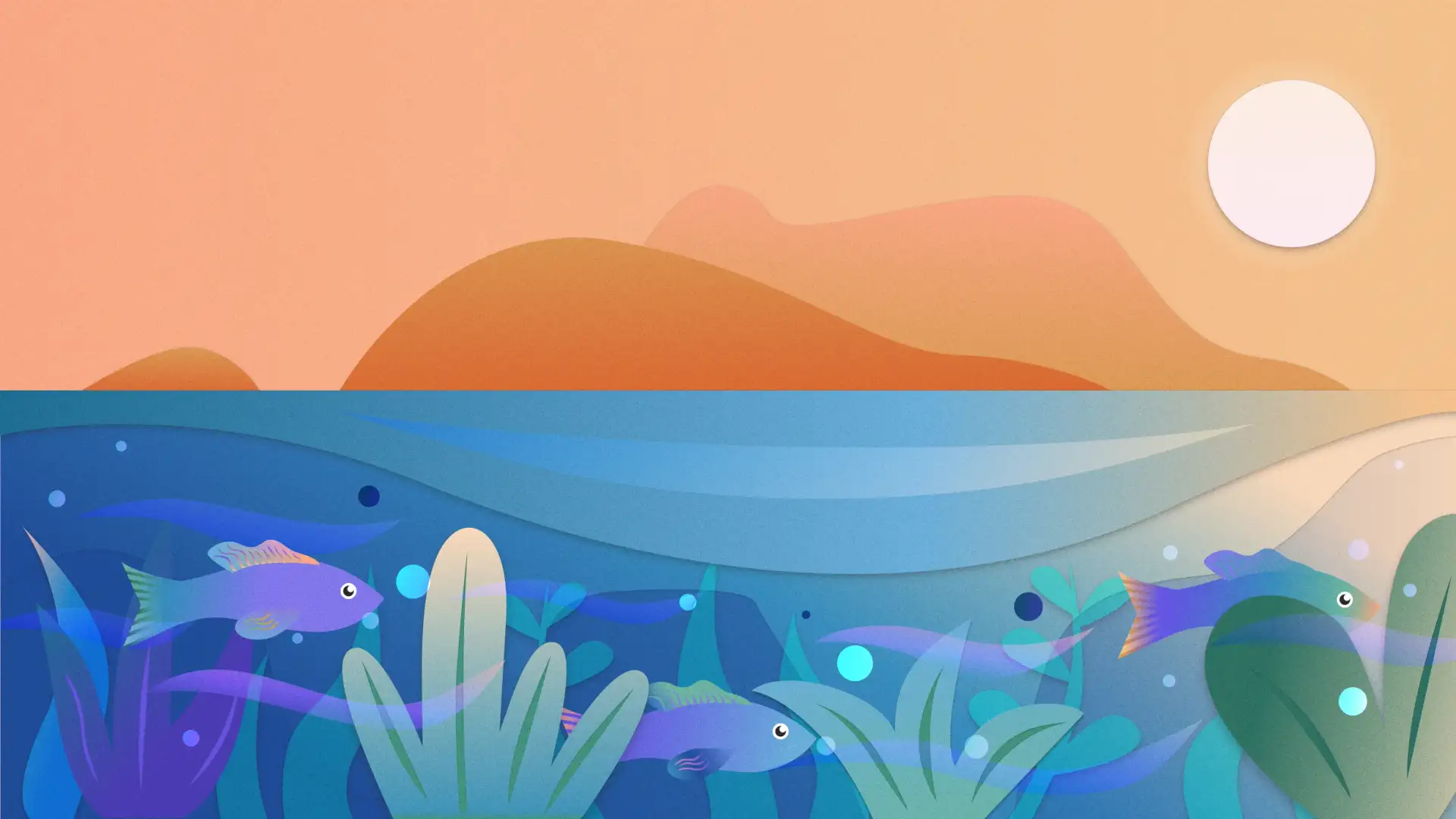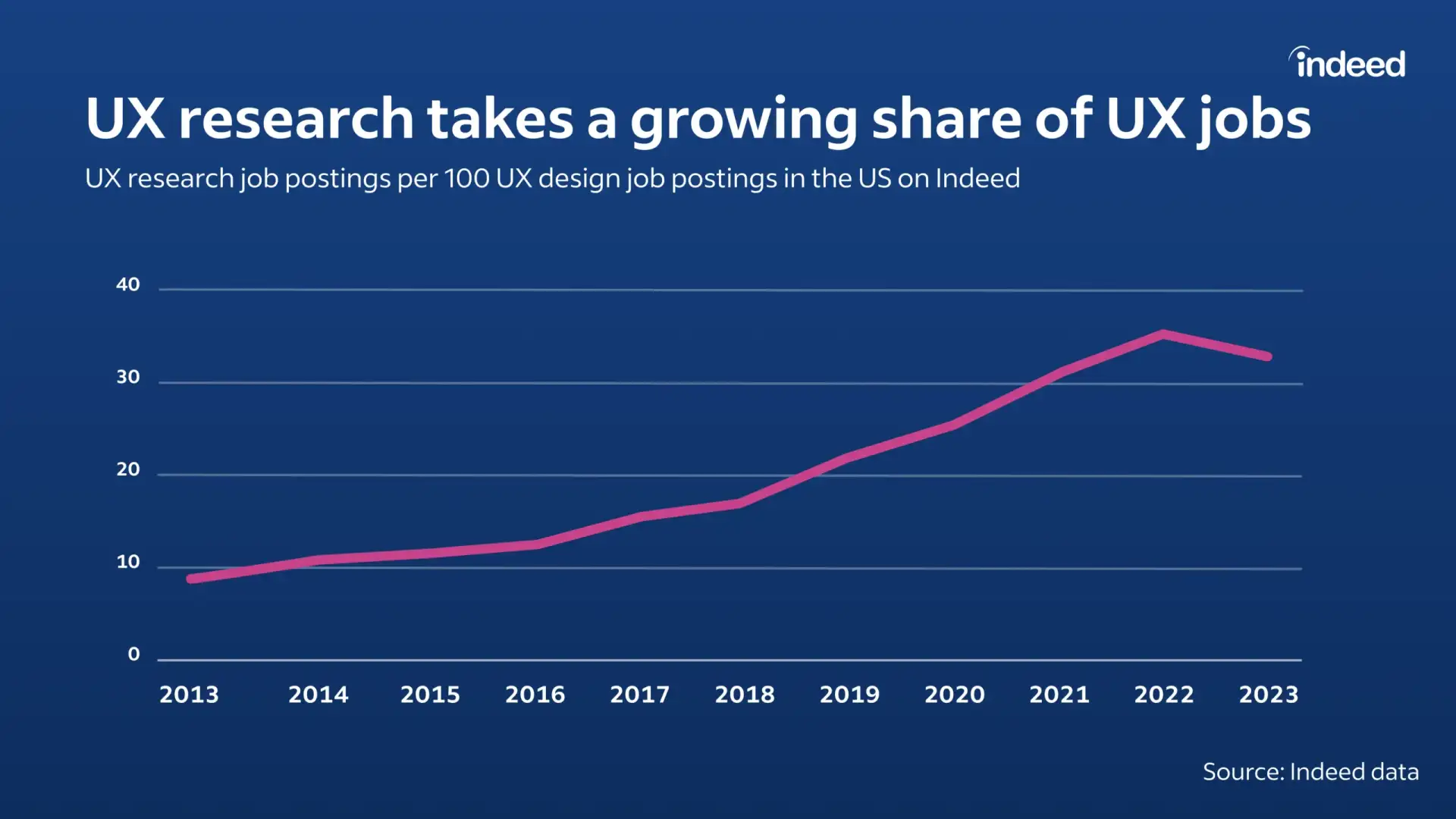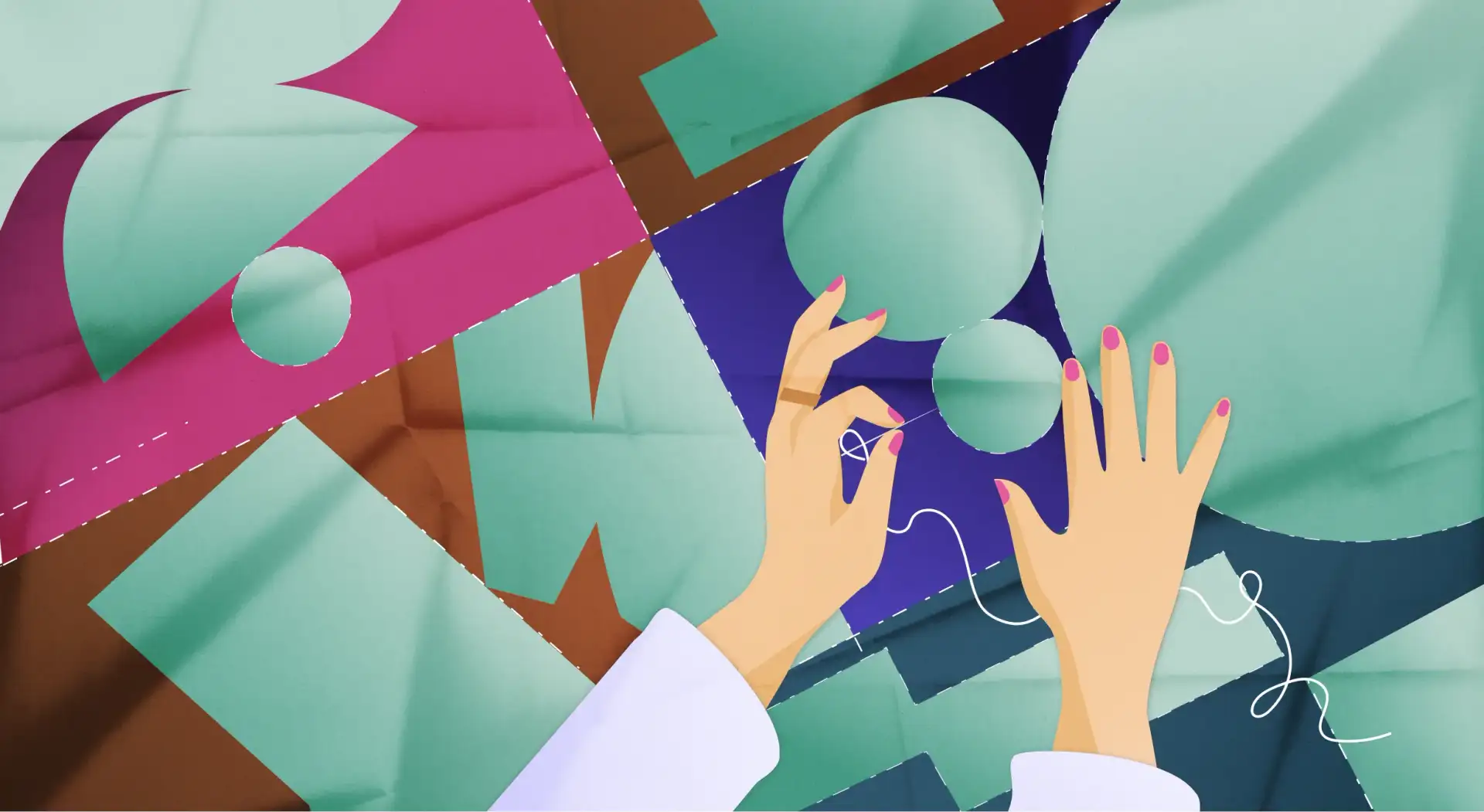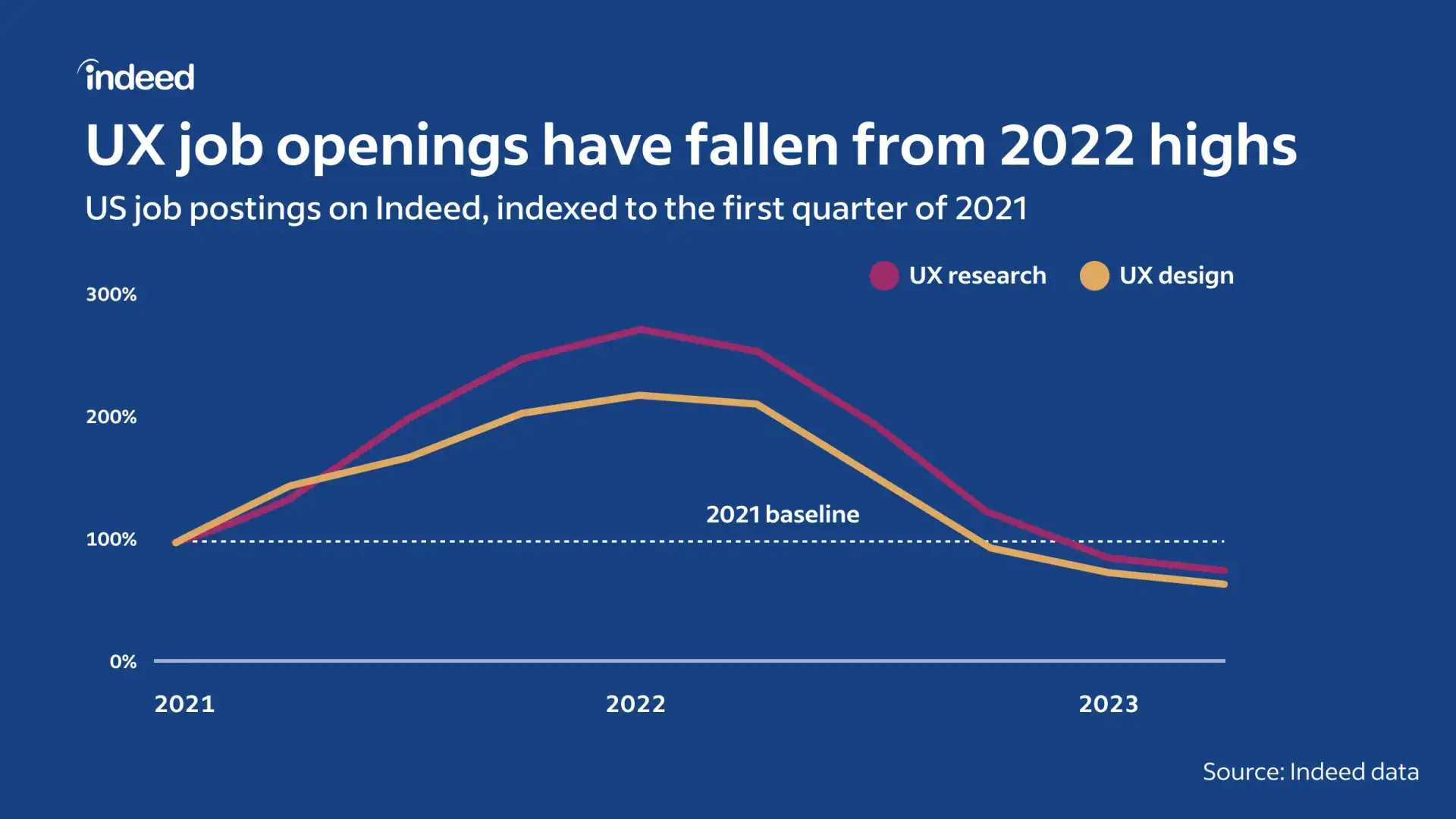It’s a UX researcher’s worst nightmare: You’ve invested weeks of your time into a generative research study and knocked it out of the park.
But afterwards, nothing happens.
Each time I run a study, I think of it as a sort of hypothesis test. Will this particular pairing of research and partnership activities create enough measurable impact to justify the time and expense invested?
On some studies, we run the risk that our hoped-for impact never materializes.
When that happens, don’t despair.
Instead, think of it as a great time to go out and find your hidden research impact. Let me tell you the story.
Dive deeply into research at your own risk
As COVID-19 loomed, I took on an ambitious research study. I wanted to explore the unique obstacles and hurdles that American front-line job seekers continued to face. I was at Indeed, so my earlier COVID job-market research had been embraced by both colleagues and senior leadership. Why not go deeper?
My manager, not unreasonably, reminded me about the risk of investing too much energy in a single study that lacked significant, broad stakeholder support.
But it felt hard to believe that this follow-on study wouldn’t help the company, too. And as the provocative insights and powerful video reels continued to pile up in spades, I invested more and more time.
When it came time for my presentation, I realized my manager might’ve had a point. The attendance was a fraction of what it had been when I’d presented previously. And the members of senior leadership who devoured my prior pandemic study were nowhere to be seen.
Not long afterwards, I found myself in another one-on-one with my manager. He praised the quality and power of the research. He also encouraged me to avoid investing so much time again into another study with open-ended impact potential.
But I wasn’t ready to give up on that study.
Look beyond your usual stakeholders for hidden impact
Because my team shared my presentation deck in a weekly research update email that reaches 10% of the company, more people started to see it after I presented.
Every few days, I checked out my project in Google Slides’ activity dashboard. I could see new coworkers viewing it daily — over 100 of them in total.
These were people I’d never heard of. They were in teams I don’t normally collaborate with: client success, product evangelism, sales, and more. Many were in leadership roles. But why were they opening my research deck?
It was a mystery. And as a researcher, I can’t turn down the opportunity to investigate. So I tried something I’d never done before.
I picked 20 unknown people from the list. And I sent them this email:
Hi [name],
As an experiment, I’m reaching out to a handful of randomly selected coworkers who viewed the “Job seeking under the shadow of COVID” research presentation, over the past few weeks.
Might you have time for a quick (est. 2 min) request? We’d be grateful if you could click Reply and share any thoughts on…
- Did you find what you were looking for?
- Did this research help you in any specific way?
If you have a moment to share your thoughts, it would help our team provide the most relevant research.
Thank you so much!
Eli
Nearly everyone responded.
From those responses, I was able to piece together a story of how my research led to invisible impact all across my workplace. I received inspiring examples and stories of how different teams had used it to make concrete decisions — or to take concrete actions.
With just an hour of work, I had found my research’s hidden impact.
I could move on from my study feeling good about how I spent my time. And the experience gave me great stories and examples to help my manager explain the value of my work to my company in my performance review.
Give it a go!
Have you done a study whose impact may be hidden below the surface? You can try this, too. You may discover your research has accomplished more than you anticipated.
If your organization’s G Suite permissions support it, you can find detailed steps for how to get the names and emails of your presentation viewers. But please note that, depending on your organization’s G Suite administrator permissions, specific named viewers may be disabled after reaching a preset number.
—
Thanks to Ana Bello-Elliott.





